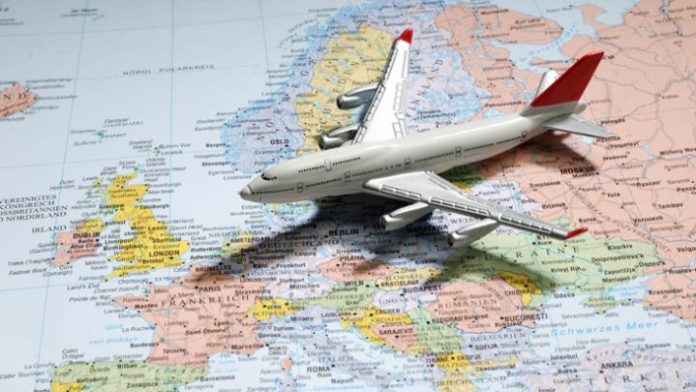European tourism figures have improved by 2% recently – despite economic and terrorism problems
Appetite for European Tourism remains strong, highlighting the continued attractiveness of its destinations.
Europe welcomed 615 million international tourist arrivals in 2016, a 2% increase on 2015, despite economic and terrorism problems.
Recent events have not affected demand significantly in early 2017; perceptions of safety remain of utmost importance for continued growth. The outlook for 2017 is upbeat despite safety concerns, uncertainty surrounding Brexit and potential policy changes from the new US administration.
According to the European Travel Commission’s latest report ‘European Tourism – Trends & Prospects’, the early months of 2017 saw destinations with double-digit arrivals growth. Iceland (+54%) enjoyed the fastest growth supported by increased air capacity on transatlantic routes while Cyprus (+26%), Portugal (+25%) and Malta (+23%) proved their success in battling seasonality. Other top performers were Bulgaria (+19%), Finland (+18%), and Estonia (+13%), which were not impacted by security concerns that exist with other European destinations. While Switzerland (+3%) reversed its past trend by taking advantage of its key position as a winter destination, Turkey (-8%) is still seeing a downward trend that began in 2015.
Most destinations saw substantial growth from Europe’s largest source markets-Germany and France- fuelled by the recovery of the Eurozone. Despite uncertainty around the potential implications of UK’s withdrawal from the European Union, tourist arrivals from this market remained solid.
Several destinations report a rebound in arrivals from Russia -Iceland (+157%) Cyprus (+122%) and Turkey (+88%)-. Overall, outbound travel from this market is projected to improve in 2017.
Following a boost in US tourist arrivals in 2016 (+6%), prospects for further growth looks high in 2017. Encouraging economic conditions and a strong US dollar against European currencies are expected to entice more American travellers across the Atlantic- despite official US warnings on European terror risks.








 ©2024 All rights reserved LaingBuisson
©2024 All rights reserved LaingBuisson 


